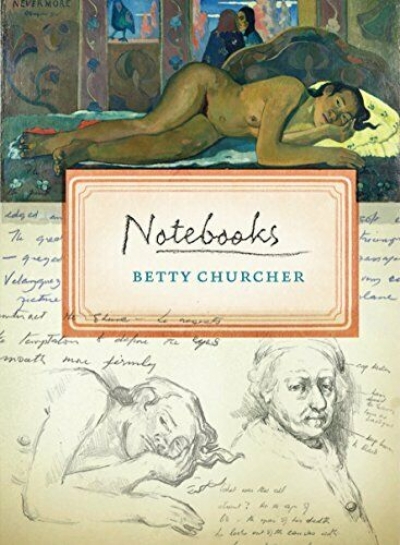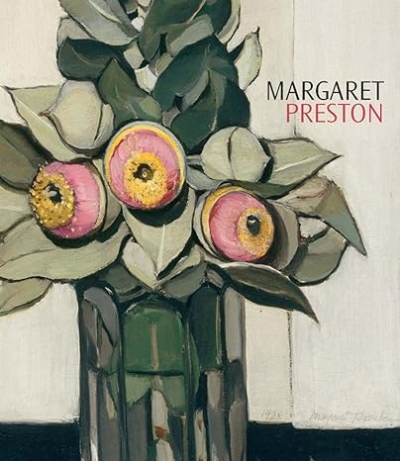National Gallery of Australia
Sydney Long: The Spirit of the Land by Anne Gray
by Steven Miller •
The initial idea was for a new front door at the National Gallery of Australia. At least that is how Ron Radford, director of the Gallery, presented it to the one thousand or so guests in his remarks at the official opening of Andrew Andersons’ and PTW Architects’ Stage One ‘New Look’ at the NGA on Thursday, 30 September. Clearly, for the money involved and ...
Face: Australian Portraits 1880–1960 by Anne Gray & The Naked Face: Self-portraits by Vivien Gaston
by Sheridan Palmer •
Life, Death and Magic: 2000 years of Southeast Asian Ancestral Art by Robyn Maxwell
by Carol Cains •
Printed Images in Colonial Australia 1801-1901 edited by Roger Butler & Printed Images by Australian Artists 1885-1955 edited by Roger Butler
by John McPhee •
Margaret Preston by Deborah Edwards (with Rose Peel et al.) & The Prints of Margaret Preston by Roger Butler
by Damian Smith •
Margaret Michaelis: Love, loss and photography by Helen Ennis
by Evelyn Juers •








